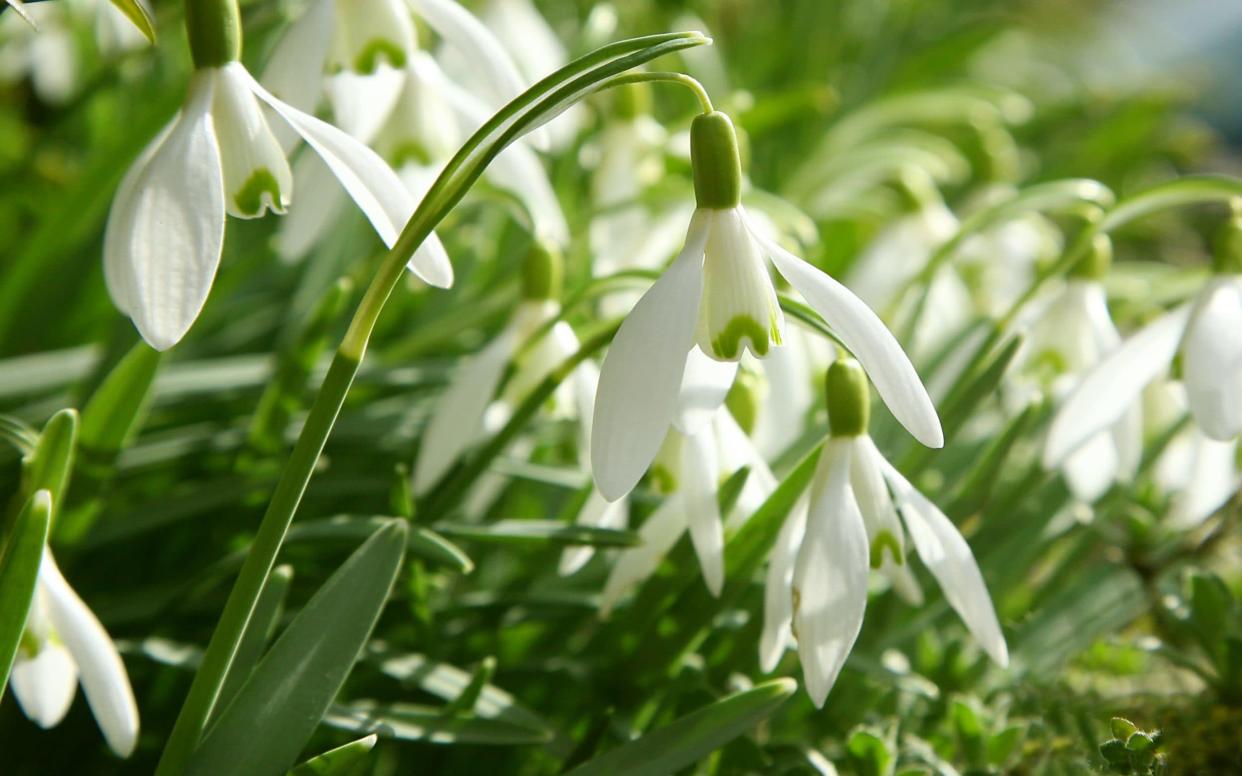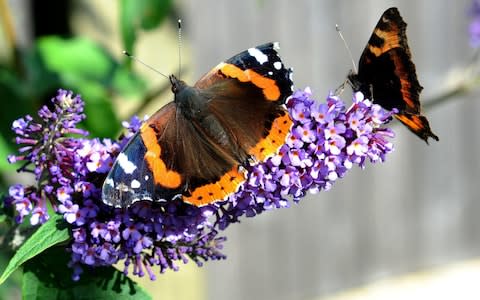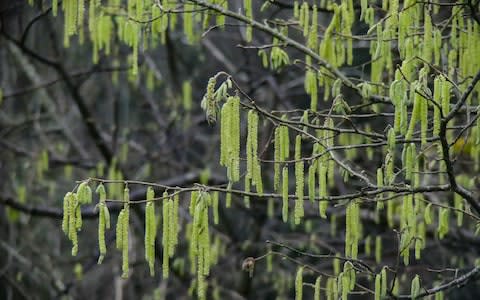First snowdrops of Spring 2019 arrived in November 2018, Woodland Trust finds

Spring 2019 arrived in November 2018, The Woodland Trust has said, after snowdrops started to bloom months earlier than usual.
The first flowering took place in Hampshire on November 30, and by December buds had emerged as far north as the Highlands of Scotland, as well as North and West Yorkshire, the Vale of Glamorgan, Gloucestershire, Devon and West Sussex.
The average date for snowdrops to appear is February 5th.
Bumblebees and butterflies, were also spotted on Christmas Day in Somerset and Mid Glamorgan, despite usually hibernating until March and April thanks to warm winter temperatures.
And a red admiral butterfly was also seen on the December 17 in Cambridgeshire. Its average emergence date is May 7, making it nearly five months ahead of schedule.

Dr Kate Lewthwaite, citizen science manager for The Woodland Trust said: “Once again - despite being in the throes of January - flora and fauna are reacting to milder climates, and spring seems to have sprung early.
“We were far from a white Christmas, with hazel flowers and snowdrops being spotted by our citizen scientists across the country. “Data like this has continuously brought into question the way we think about the seasons, and to see spring in December no longer seems unusual.”
The sightings were recorded as part of The Woodland Trust’s Nature’s Calendar project has received over 64 records of early spring activity.
There were also 23 reports of hazel trees flowering from the beginning of December, which usually happens in March and a flowering oxeye daisy was seen in Gloucestershire on the 28th December, despite normally blooming from mid-April to early June. Even birds have made an early appearance.

The song thrush was heard in eleven locations since the 5th December and is increasingly reported singing all winter, though expected mid-late March.
Blue tits were also seen exploring a nesting box on 26th December, though the UK average date for nesting is 4th April. Met office records show that both November and December were exceptionally mild with average temperatures more than 1C above the 1981-2010 long-term average.
However, with a potential cold snap on the way, meaning the delicate species which have emerged early could suffer. In 2018 an early spring was paused by the beast from the east, only for a summer heatwave to make berries ripen early and conkers shrink.
Temperature research by the Met Office suggests that the growing season is extending by up to a month, with budburst happening earlier and leaf fall later.

 Yahoo News
Yahoo News 
